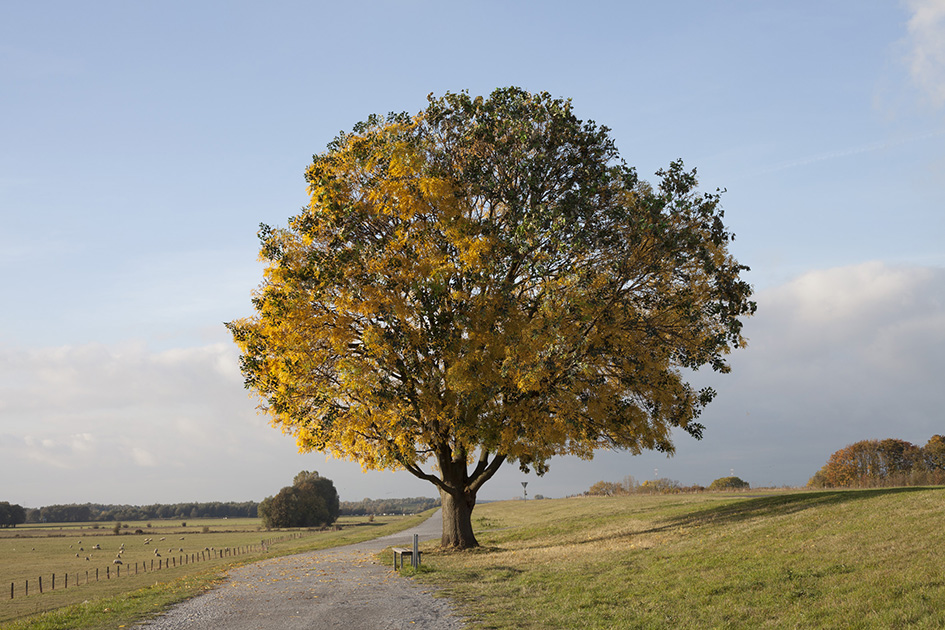The Bee Who Forgot The Honey: Michael Stailstofer & Emilio Vavarella
12 — 24 November 2019

The Museu de Ciències Naturals de Barcelona presents Antiherbst, by Michael Stailstofer, and Animal Cinema by Emilio Vavarella, as part of the deslocalized exhibition The bee who forgot the honey, visible in several locations around the city. Both videos, temporarily integrated into the permanent collection of the center, reflect on the limits of an anthropocentric approach to the landscape, questioning the way in which men have traditionally related to it, often putting it away or using it as a beautiful decoration or a place to colonize or invade.
In Antiherbst, Sailstorfer collect the leaves that fall from a tree in autumn to paint them green again and return them to their original place. The result is an ironic trompe-l’oeil in which the leaves change, move and seem increasingly unreal and artificial, but, in contrast to the trees in the background, do not fall to the ground. A reflection on the footprint, the responsibility of men in the landscape and, in general, in the idea of care of nature.
On the other hand, and in an antagonistic way, Animal Cinema – composed of fragments of YouTube videos in which you can see animals manipulating a camera – proposes a completely different relationship to the environment, much more fusional and direct, based on the famous analyzes by German biologist Jakob Johann von Uexküll whose notion of Umwelt (the world of the perception of animals in relation to their environment) has influenced many contemporary thinkers on issues of ecology or sustainability.
Related pages
